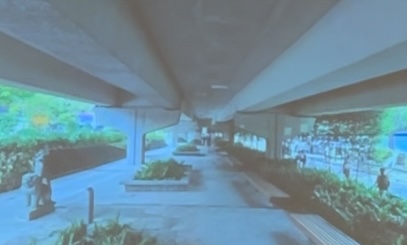#87: URA Young Planners' Forum 2025
- Wen Xin Ng

- Jan 11
- 3 min read
Updated: Jan 12
Attended the URA Young Planners' Forum 2025, where I explored how AI is enhancing public engagement in urban planning. I gained insights into the process—from data collection to idea generation—and how community input is being integrated to reimagine public spaces, fostering deeper collaboration between planners and the public.
Reflection
Its super fascinating how AI is transforming the way we work by significantly enhancing the speed and accessibility of prototyping, even for those without technical expertise in areas like modeling or design. Instead of requiring specialised skills, AI enables us to quickly generate ideas and concepts, allowing for faster iteration and experimentation. Think of AI outputs as editable "sketches"—not something to treat as final or untouchable, but as a powerful new type of draft. These sketches provide a realistic and flexible starting point, helping us explore and evaluate initial ideas with greater clarity and freedom.


This approach got me thinking about how similar methods could be applied to reimagining spaces within schools, directly involving students or staff in the redesign or renovation of the school compound. I also see potential for this in the classroom, where students can engage in reimagining their own neighborhood spaces. (Sec 2/Sec 3 Geography)
Also thinking about how we can make use of SLS to do the initial feedback collection and analysis (using Data Assistant hehe). Parking this thought here as a note to self and also in case anyone wants to explore this possibility.
Generative AI Demo
Step 1: Collect Feedback

Mentimeter was used to gather suggestions in reimagining two spaces in Katong and Newton. The participants then voted for the top 3 ideas from the pool of suggestions.
Questions posed:
What would you add to this space to make it more welcoming?
What would enhance the character here?
Step 2: Analyse Feedback
Results from the mentimeter poll was downloaded as an excel file, and uploaded to ChatGPT for processing.
Step 3: Generate Prompts
ChatGPT generated the prompts to be used in MidJourney for creating the images.
Prompt to ChatGPT:
Step 4: Generate Images
Select the image area, input the ChatGPT-generated prompt, and generate the image.
Katong Reimagined:
Newton Reimagined:































Comments